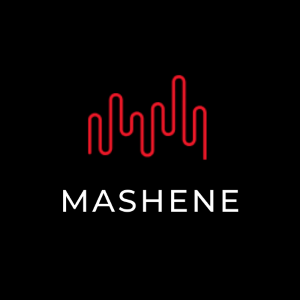Your Ultimate Guide to Effective Landing Pages
In an increasingly digital world, the importance of a well-crafted landing page is paramount for any business looking to drive conversions and garner a robust online presence. Whether you’re aiming to increase sales, generate leads, or promote awareness, an effective landing page serves as an indispensable tool. Here’s a concise guide to crafting landing pages that not only capture attention but convert visitors into customers.
Understanding Landing Pages
Landing pages are standalone web pages created specifically for marketing or advertising campaigns. Unlike general web pages, they are designed with a single focus or goal, known as a call to action (CTA). This focus makes landing pages the best option for increasing the conversion rates of your marketing campaigns and lowering your cost of acquiring a lead or sale.
Essential Components of a Landing Page
- Headline: The headline is the first thing visitors see. It should be compelling and directly related to the campaign source.
- Subheadline: A subheadline complements the headline by offering a secondary bit of information, often persuasive, that entices further reading.
- Unique Selling Proposition (USP): Your USP makes your offer stand out. It articulates why someone should choose you over competitors.
- Images or Videos: Visuals that relate to the product or service can significantly boost engagement. High-quality images or an explainer video can help visitors understand your offer better and faster.
- Form or CTA: This is the focus of your landing page. Whether it’s a form field or a button, your CTA should be clear, compelling, and concise.
- Social Proof: Testimonials, reviews, and social shares substantiate your claims and boost credibility.
Best Practices for Landing Page Design
To maximize the effectiveness of your landing page, consider the following strategies:
- Keep It Simple: The design and content should be simple and focused. Avoid any extraneous information that detracts from your CTA.
- Loading Speed: Ensure your page loads quickly to prevent visitor drop-off. According to Google, pages that take longer than 5 seconds to load can increase bounce rates significantly.
- Mobile Optimization: With over 50% of web traffic coming from mobile devices, your landing page must perform flawlessly on smartphones and tablets.
- A/B Testing: Regularly test variations of your pages to see what works best and refine based on results.
The Impact of Copywriting
Effective copy is the crux of successful landing pages. Engage users with a clear, persuasive writing style that speaks directly to their needs and desires. Utilize active voice and power words to drive users towards taking action.
Conclusion
An effective landing page is a compelling blend of creative design, strategic planning, and insightful copywriting. By focusing on these components and adhering to best practices, businesses can optimize their landing pages not just for user engagement but for conversions. Remember, the goal of the landing page is not just to attract visitors but to turn them into leads or customers.
Now, with these insights, you’re better equipped to design landing pages that not only draw visitors but actively convert them into valuable customers, enhancing your marketing efforts and boosting your business growth.

